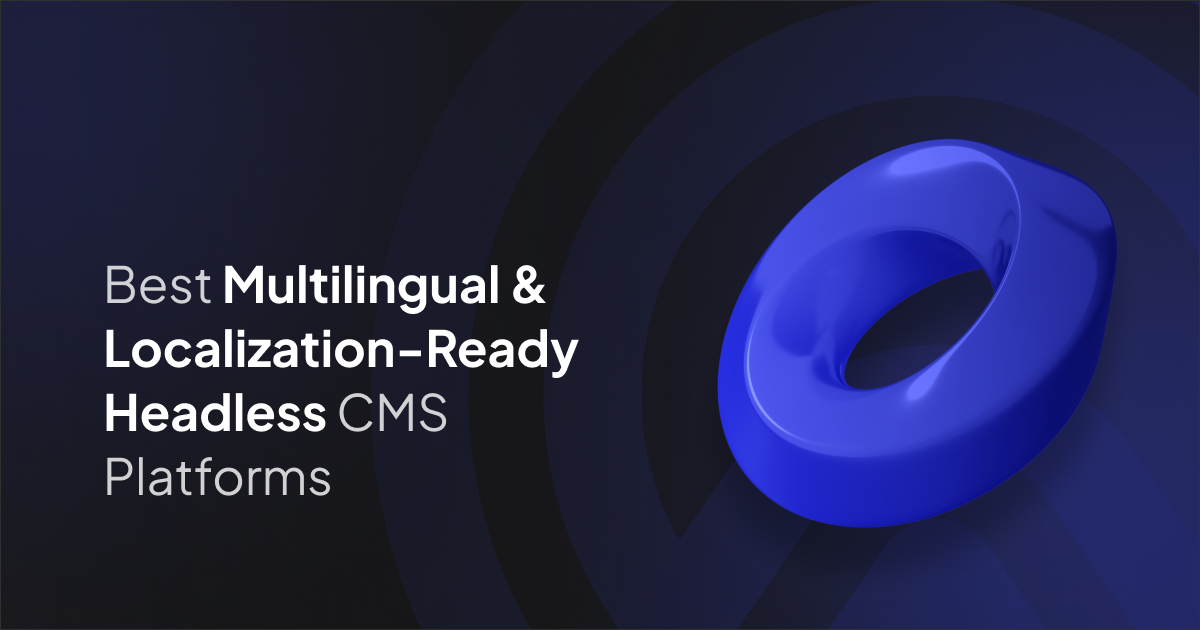Storyblok is a visual editor–driven headless CMS widely recognized for its multilingual capabilities. It allows teams to create multiple language trees, manage translations efficiently, and preview localized content in real time. Its user-friendly interface makes it ideal for marketing teams, while developers benefit from flexible API-first architecture.
Strapi
Strapi, as an open-source CMS, gives businesses full control over their localization workflows. With the i18n plugin, users can define multiple locales, manage translations, and build fully customized multilingual experiences. Its self-hosted and cloud options make it suitable for startups and enterprises seeking flexibility.
WordPress (Headless Setup)
When used as a headless CMS, WordPress retains its massive ecosystem while enabling multilingual content through plugins like WPML or Polylang. For businesses already invested in WordPress, this approach provides a cost-effective way to support multiple languages while scaling with modern front-end frameworks.
Directus
Directus is an open-source data platform that wraps any SQL database with a real-time API and admin app. Its multilingual support lets teams manage localized content directly in the schema. It’s particularly strong for organizations with complex data structures that need global-ready solutions without sacrificing flexibility.
Webflow
Webflow offers powerful design tools with CMS functionality, and through integrations like Weglot, it becomes a strong choice for multilingual websites. It allows non-technical teams to manage multilingual content visually, making it popular among startups and creative agencies targeting international markets.
Django CMS
Built on Django, this CMS includes multilingual content management out-of-the-box. Developers can create complex workflows while editors enjoy intuitive translation tools. Its enterprise-grade reliability and flexibility make it a solid option for companies needing a customizable open-source platform.
Ghost
Ghost focuses on performance and simplicity, but with integrations and community plugins, it can be adapted for multilingual sites. While not as feature-rich in localization as other CMS, it’s ideal for blogs and publishing platforms that require speed and clean workflows, with lightweight multilingual options.
Contentful
Contentful is a cloud-native headless CMS that excels in multilingual and multi-regional content delivery. Its structured content model supports multiple locales, and teams can easily localize entries. Enterprise customers especially value its scalability and integration ecosystem for global content distribution.
Drupal
Drupal has long been a leader in multilingual content. With built-in localization modules, it supports translation of content, configuration, and even the admin interface. As an open-source CMS, it’s extremely flexible and widely adopted by organizations running large, multilingual websites.
Shopify (Headless)
Shopify, when used in a headless setup, provides robust multilingual eCommerce capabilities. Merchants can integrate translation apps and APIs to localize storefronts, currencies, and product information. For global retailers, this combination delivers both scalability and customer-friendly international experiences.
Final Thoughts
Multilingual and localization-ready headless CMS platforms empower businesses to connect with audiences worldwide while maintaining consistency and speed. Whether you prefer open-source flexibility (Strapi, Drupal, Directus), cloud-native scalability (Contentful, Storyblok), or eCommerce-ready solutions (Shopify), each platform offers unique strengths. The right choice depends on your project goals, technical resources, and long-term global strategy.
Page Updated: 2025-09-09




















